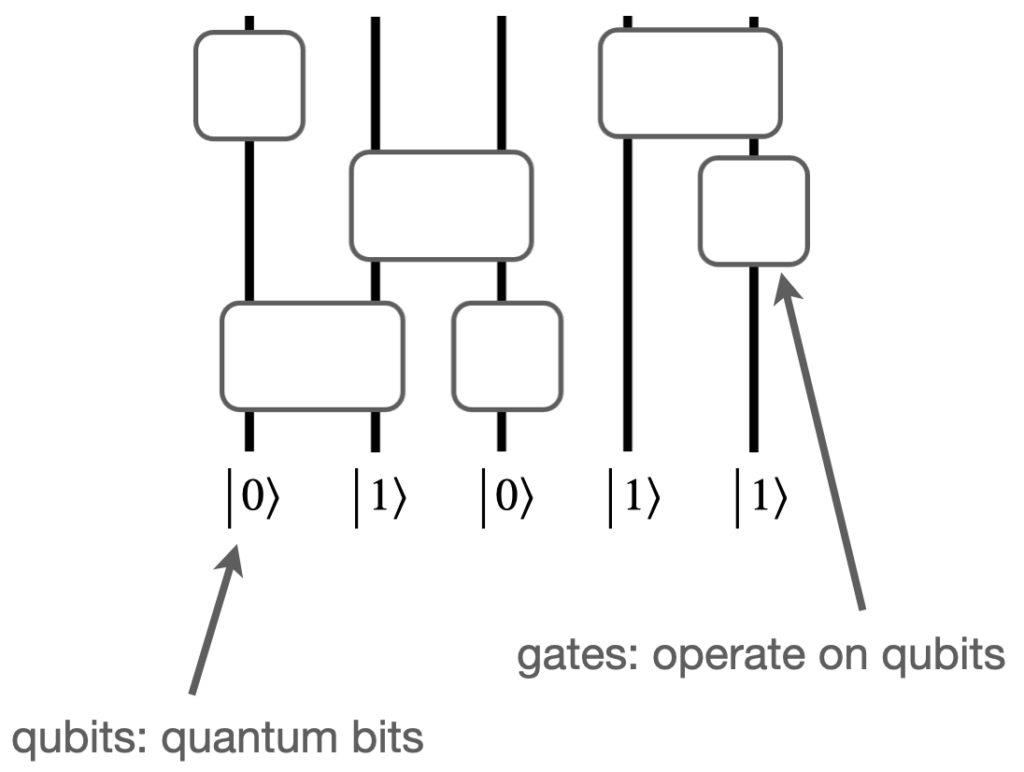


We use generative artificial neural networks, such as restricted Boltzmann machines and recurrent neural networks, as a variationa ansatz to reconstruct quantum many-body systems.
We consider two ways to train the networks. One way is to use data generated via projective measurements from an experimentally prepared or numerically simulated quantum state. We train the generative neural network to encode the probability distribution underlying the data and once trained we use it to generate additional measurement data.
The second approach is based on variational Monte Carlo. We train the generative neural network to minimize the energy expectation value of a given Hamiltonian and represent the ground state. We then generate measurement data from this reconstructed state.
We have shown that the combination of two approaches is a promising method to advance the performance of variational Monte Carlo with a limited amount of measurement data.
Related publications
- K. Sprague and S. Czischek Variational Monte Carlo with Large Patched Transformers Commun. Phys. 7, 90 (2024)
- S. Czischek, M. S. Moss, M. Radzihovsky, E. Merali, and R. G. Melko Data-enhanced variational Monte Carlo simulations for Rydberg atom arrays Phys. Rev. B 105, 205108 (2022)
- M. Neugebauer, L. Fischer, A. Jäger, S. Czischek, S. Jochim, M. Weidemüller, and M. Gärttner Neural-network quantum state tomography in a two-qubit experiment Phys. Rev. A 102, 042604 (2020)
- S. Czischek Neural-Network Simulation of Strongly Correlated Quantum Systems Springer Theses, Springer Nature (2020)
- S. Czischek, M. Gärttner, T. Gasenzer Quenches near Ising quantum criticality as a challenge for artificial neural networks Phys. Rev. B 98, 024311 (2018)
